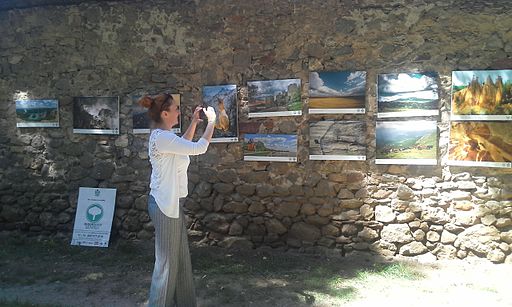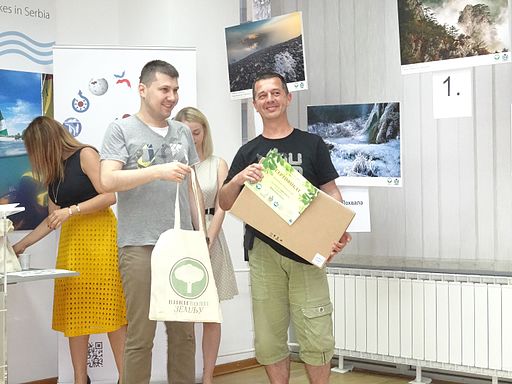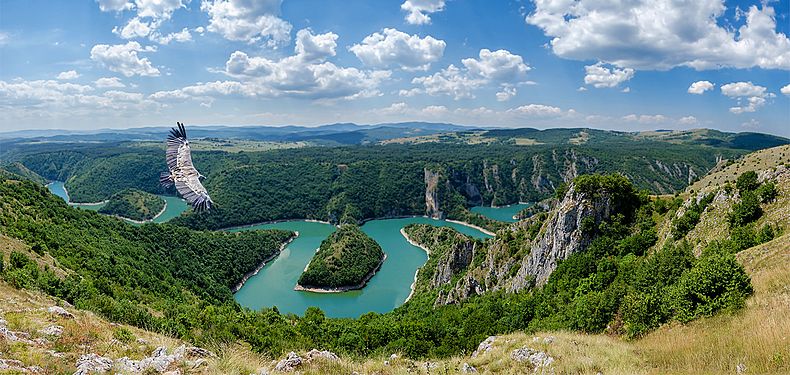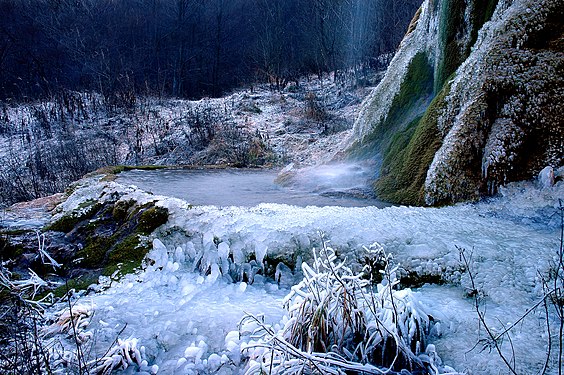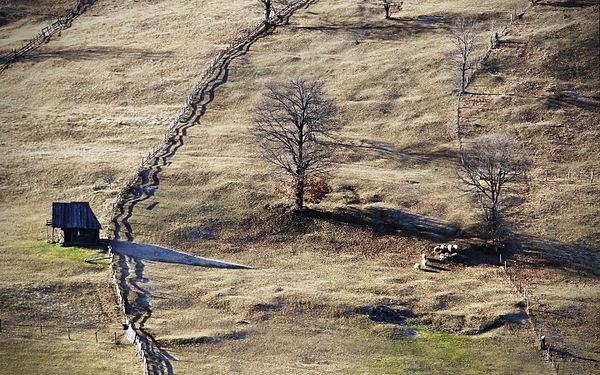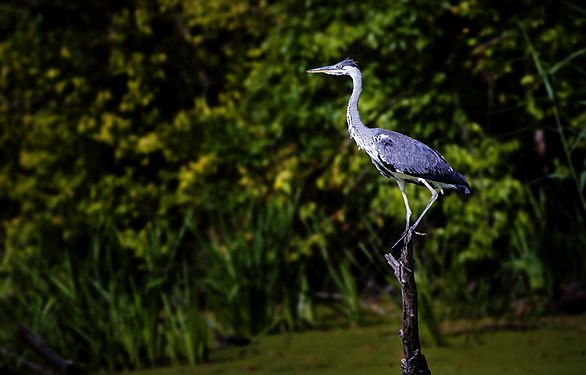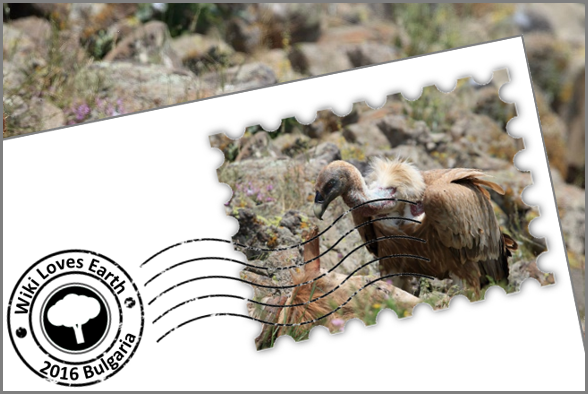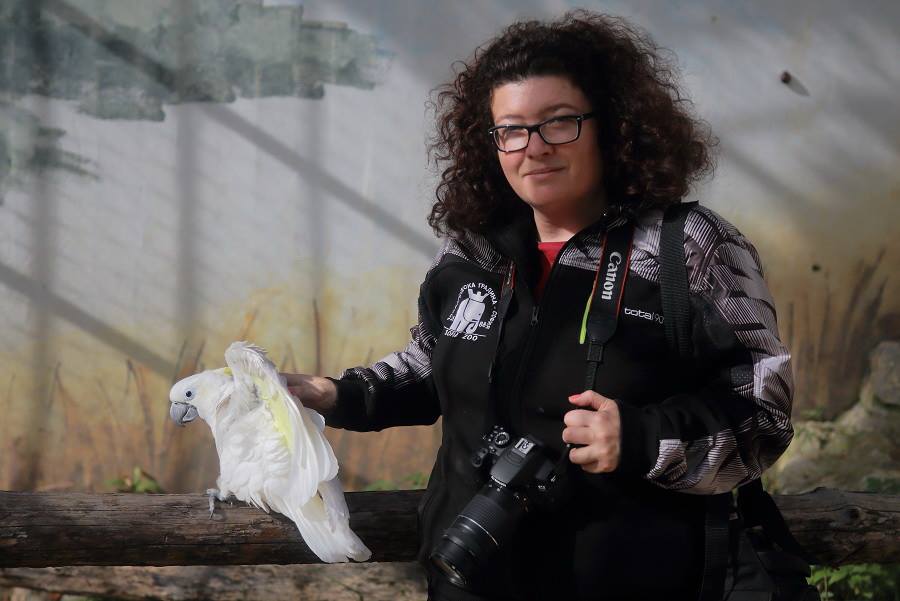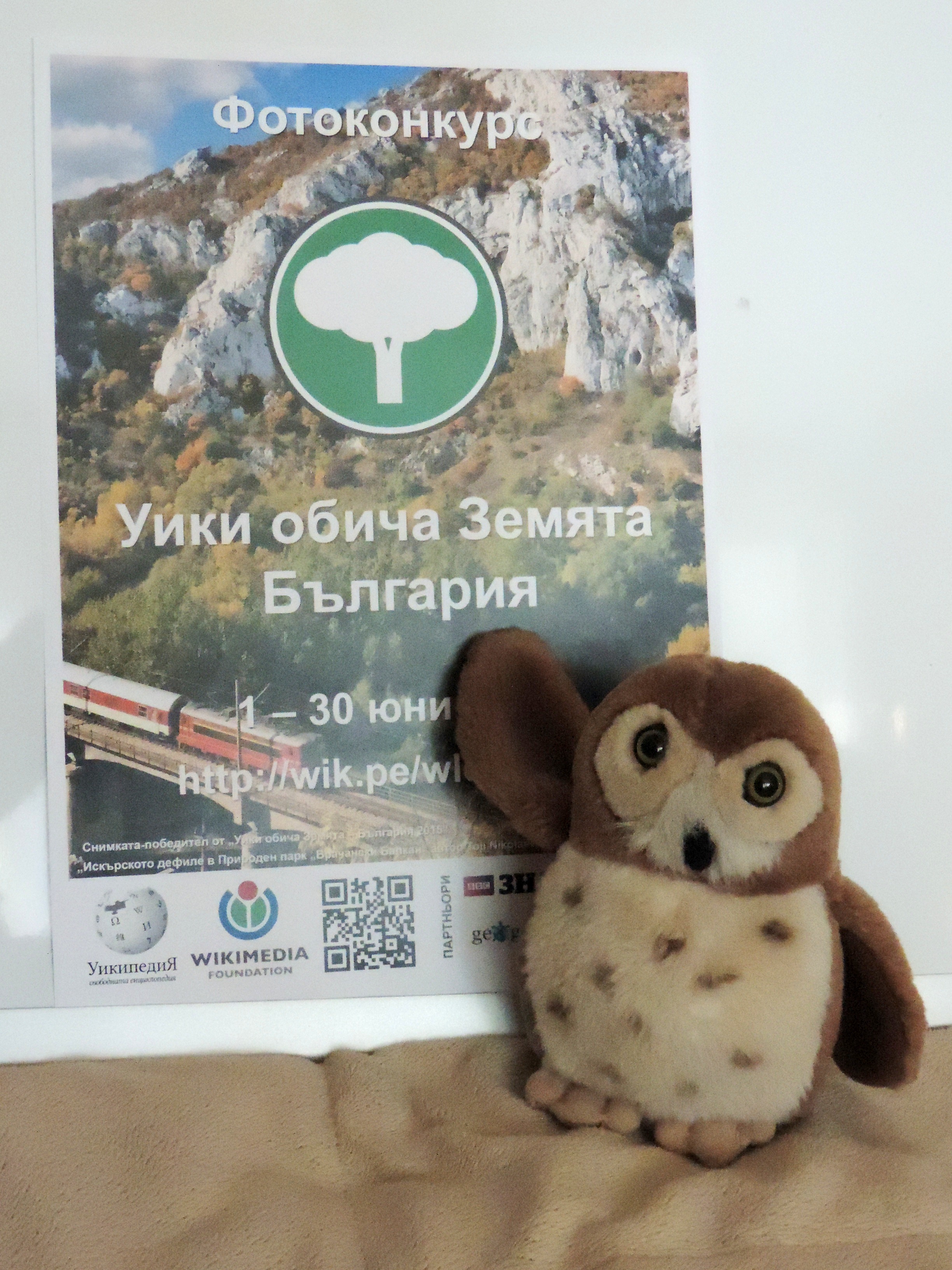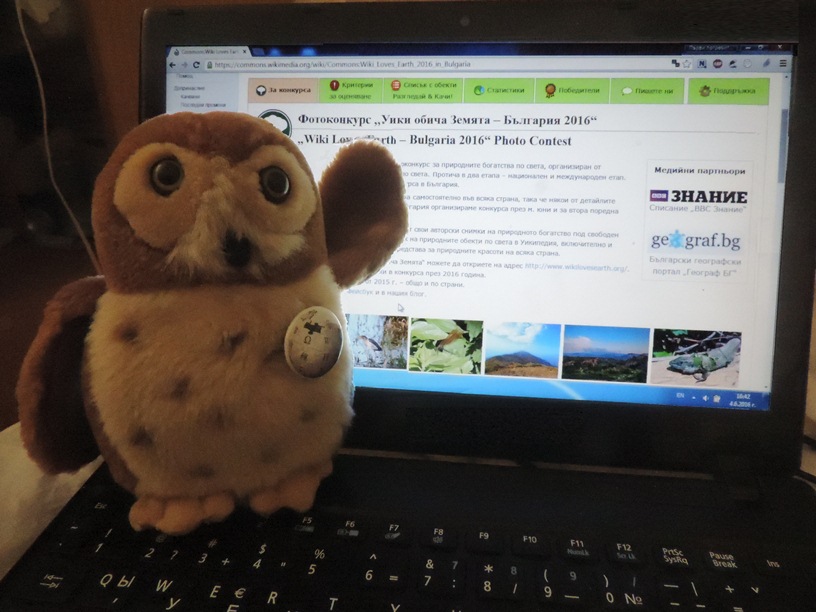This year, Wiki Loves Earth in Germany became the largest local contest among 37 participating countries. Throughout the month of May, participants from Germany uploaded 26,695 photos of German nature heritage; that’s almost a third of all photos generated by Wiki Loves Earth this year.
In this post, we present a translation of a jury member’s article on the results of German Wiki Loves Earth 2019. Running such a large contest is no easy task, and the experience of the German team might be useful for those teams who would like to scale their photo contests; besides, top German photos are just stunning and worth taking look at.
Source: https://de.wikipedia.org/wiki/Wikipedia:Kurier/Edit#Wiki_Loves_Earth_2019_(Deutschland)_–_das_sind_die_Sieger; author of the original text — Nicola (CC BY-SA 3.0).
In the middle of July, the jury of Wiki Loves Earth in Germany met in Fulda, Hesse, to select the 100 best photos of the “Wiki loves Earth” photo contest. The jury consisted of six jury members and one technical assistant.
Throughout May 2019, the contestants had the opportunity to submit their photographs. Using the jury tool, 76 members of the community conducted a pre-check of 12,730 images by 30 June. After this pre-jury round, 710 pictures were left for final evaluation by the selected jury; these pictures have been rated at least 3.2 stars. These photos were then subjected to final checks to determine whether they met the eligibility criteria, had been placed in the correct categories or contained mistakes. We would like to take this opportunity to thank everyone involved in this time-consuming preparatory work.
The winning picture “Gorge in the Hessigheimer Felsengärten” by Aristeas shows a gorge in the “Swabian Dolomites”. In the opinion of the jury, the mood, the motive and the quality of this photograph are convincingly harmonized. Congratulations! Other photographs are also of high quality and show the diversity of protected German nature from north to south, from stony to marshy and from up to down.
The best 100 photos were submitted by 57 photographers, representing scenes from 13 German states. The special prize for the highest number of images in the Top 100 list goes to photographer Sven Damerow with his 13 photos. Congratulations! His numerous pictures of butterflies and dragonflies are of particular importance because of the extinction of insects. Most of his photos were of such good quality that it was quite difficult to make a final selection.
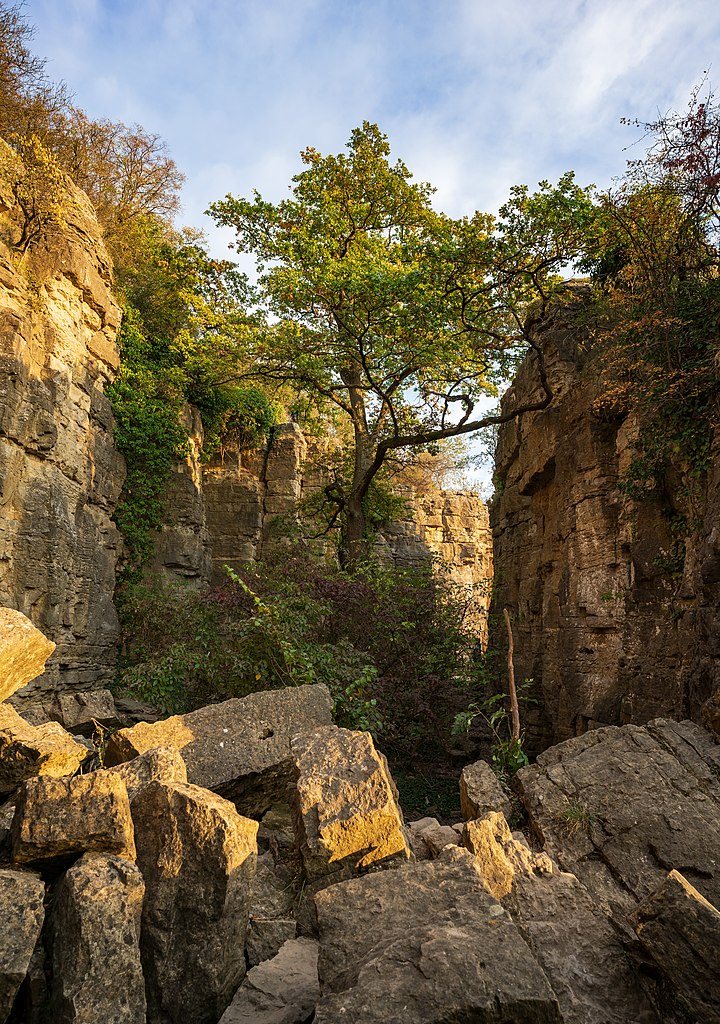
Author: Roman Eisele, free license CC BY-SA 4.0
Like every year, there was a great variety of themes: from wetlands and moorlands, as well as heaths and karst lakes in high alpine terrains to close-ups of animals and plants, everything was well represented. A total of 33 animal photos made it into the Top 100. In addition to the insects already mentioned, other species such as bee-eaters, grey seals and mountain newts were included in the Top 100 this year. Several plants were mostly associated with insects, apart from a photo of a mushroom that got into the Top 100.
Some pictures with very nice motifs, which the jury appreciated on the first look, had to be devalued on closer examination, for they had technical defects like sensor spots, chromatic aberrations or picture noise.
This year’s jury meeting proved to be extremely pleasant and cooperative. That was also due to the fact that there are now work schedules which have been based on years of experience and which make the work much easier. Even more important is the excellent voting software from Wiegels, which has been further developed over the years. The technical assistant GPSLeo handled it in an efficient and confident way.
As always, the Top 10 selection will be passed on to the international competition. The jury wishes the photographers all the success!
Check out top 10 winning photos of Wiki Loves Earth in Germany.








